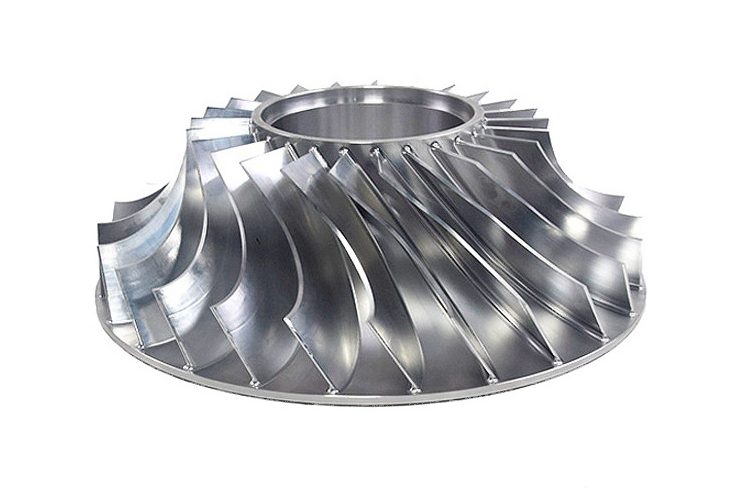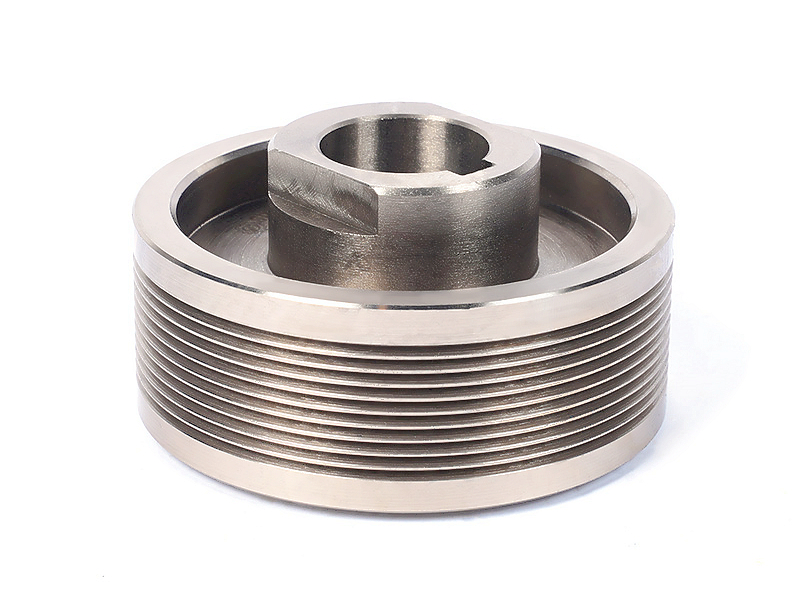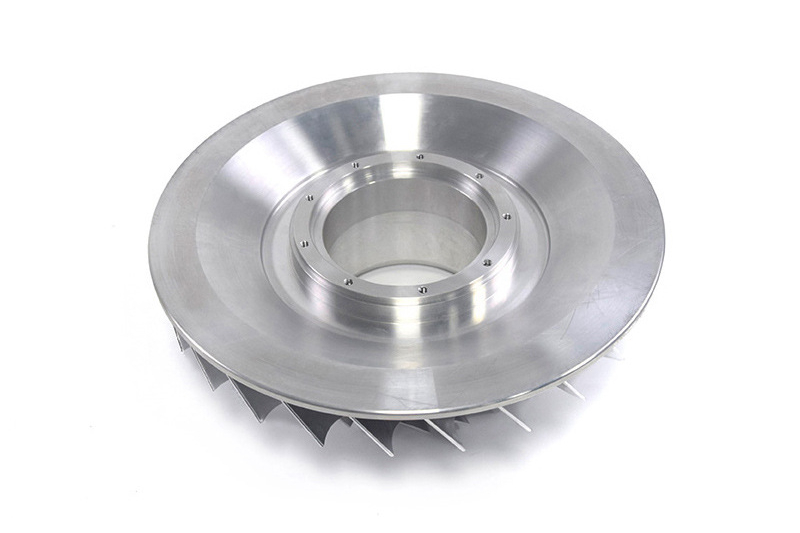How to solve common titanium issues like chatter, burrs, or deformation?
Solving common titanium machining issues, such as chatter, burrs, and part deformation, requires a systematic approach that addresses the root causes tied to titanium's material properties: low thermal conductivity, high strength at elevated temperatures, and chemical reactivity. Success hinges on a combination of rigid setup, optimized tooling and parameters, and strategic process design.
Mitigating Chatter and Vibration
Chatter, the resonant vibration between the tool and workpiece, ruins the surface finish and rapidly degrades the tooling. Titanium's elasticity exacerbates this.
Maximize Rigidity: This is the foremost rule. Use the shortest, stoutest toolholder possible (e.g., heat shrink or hydraulic chucks). The workpiece must be secured in a rigid vise or, ideally, directly bolted to a tombstone or sub-plate to eliminate any compliance. Multi-Axis Machining centers are advantageous here, as they allow complex parts to be finished in a single, rigid setup.
Optimize Tool Path and Engagement: Avoid full-width slotting. Instead, use trochoidal or dynamic milling strategies that maintain a constant, low radial engagement (typically 5-15% of the tool diameter) with a high axial depth of cut. This reduces shock loads and deflects cutting forces into the more rigid spindle axis.
Parameter Adjustment: If chatter occurs, do not simply reduce speed. Often, increasing the feed rate or slightly varying the spindle speed (RPM) can move the process out of a harmonic resonance zone.
Controlling and Minimizing Burrs
Burrs, especially the tenacious "rollover" burrs common in titanium, are a function of material ductility and tool exit geometry.
Tool Geometry and Sharpness: Use sharp, positive-rake tools with specialized edge preparations. A sharp cutting edge shears the material cleanly rather than plowing it, which minimizes burr formation. Tools must be replaced before they become dull.
Exit Strategy: Program tool paths to avoid having the cutting edge exit perpendicular to an edge. Where possible, chamfer edges as a final operation or use "ramp-on/ramp-off" moves. For holes, using a backup material or a sacrificial plate can prevent exit burrs during CNC Drilling Service operations.
Deburring Processes: Despite best efforts, some deburring is often necessary. Manual deburring is inconsistent. Automated processes like CNC Part Tumbling and Deburring with specialized media are effective for accessible burrs. For hardened materials or complex internal geometries, Electrical Discharge Machining (EDM) or Electropolishing can remove burrs without inducing mechanical stress.
Preventing Part Deformation
Deformation in titanium parts often stems from two sources: residual stress from the raw material stock and machining-induced stresses.
Source Material Stress-Relief: Always specify stress-relieved or annealed material for billet machining. This ensures the starting blank has a stable, homogenous internal stress state.
Balanced Material Removal: Avoid removing all material from one side of a part in a single setup. This unbalances the internal stresses, causing the part to warp. A better strategy is to use a "step-down" approach: machine both sides sequentially, removing roughly equal volumes of material with each step to maintain stress equilibrium.
Thermal Management: The intense localized heat from machining can cause thermal expansion and, upon cooling, residual stress. Use copious amounts of high-pressure coolant to maintain a stable, low temperature. For highly susceptible geometries, intermediate Heat Treatment for CNC Machining (stress relief) can be performed after roughing operations to relax the part before final finishing.
Fixturing and Clamping Forces: Distribute clamping forces evenly and avoid over-tightening, which can elastically deform thin-walled sections. Once unclamped after machining, the part springs back to its stress-free state, distorting the machined features. Strategic fixturing points are critical, a principle central to our Precision Machining Service.



